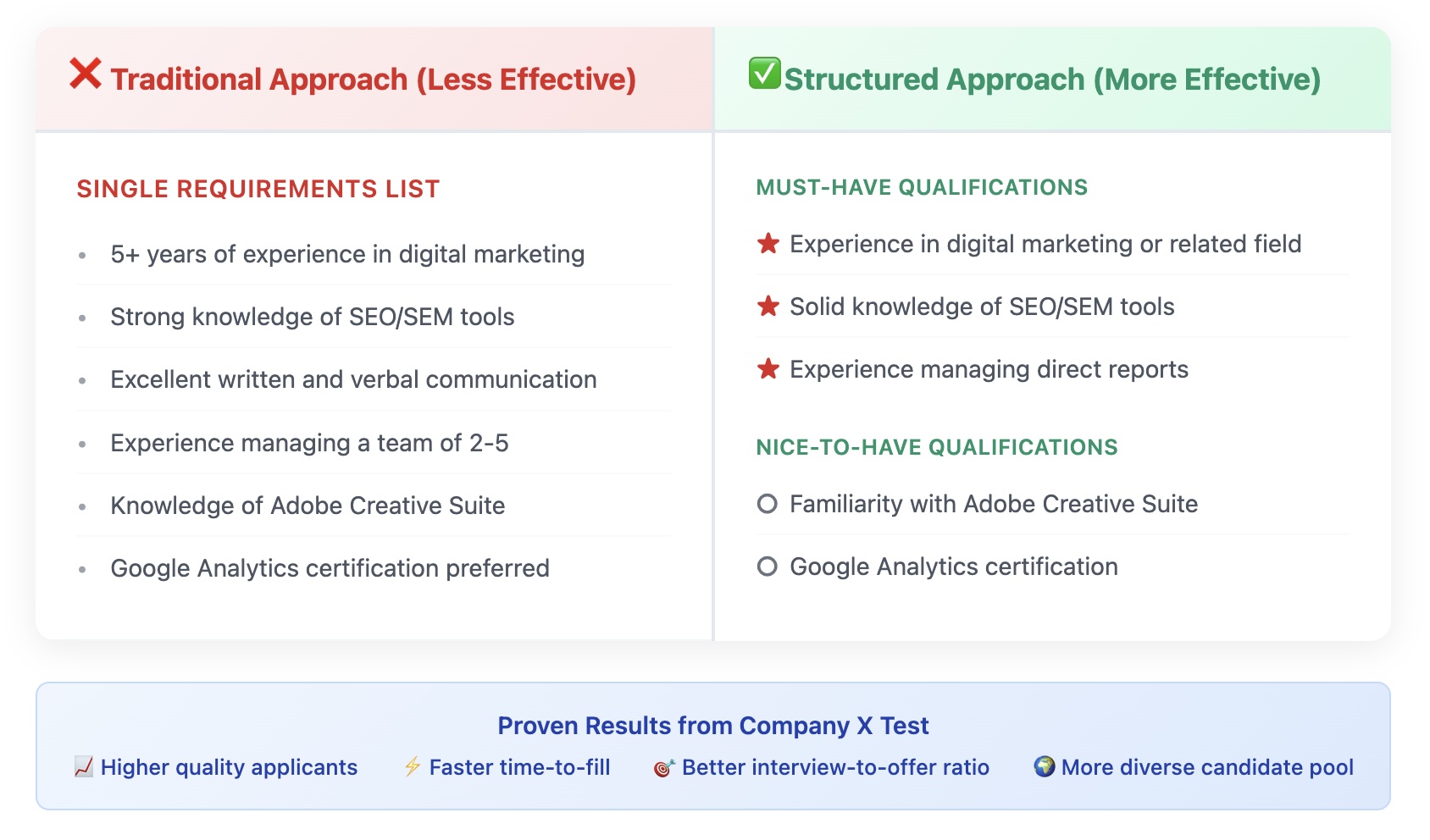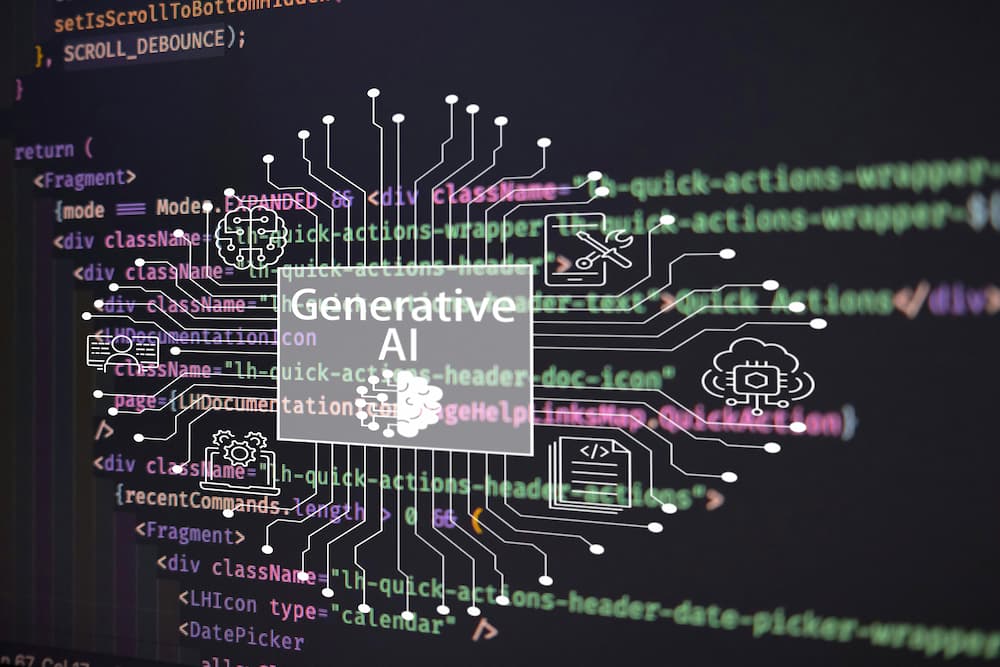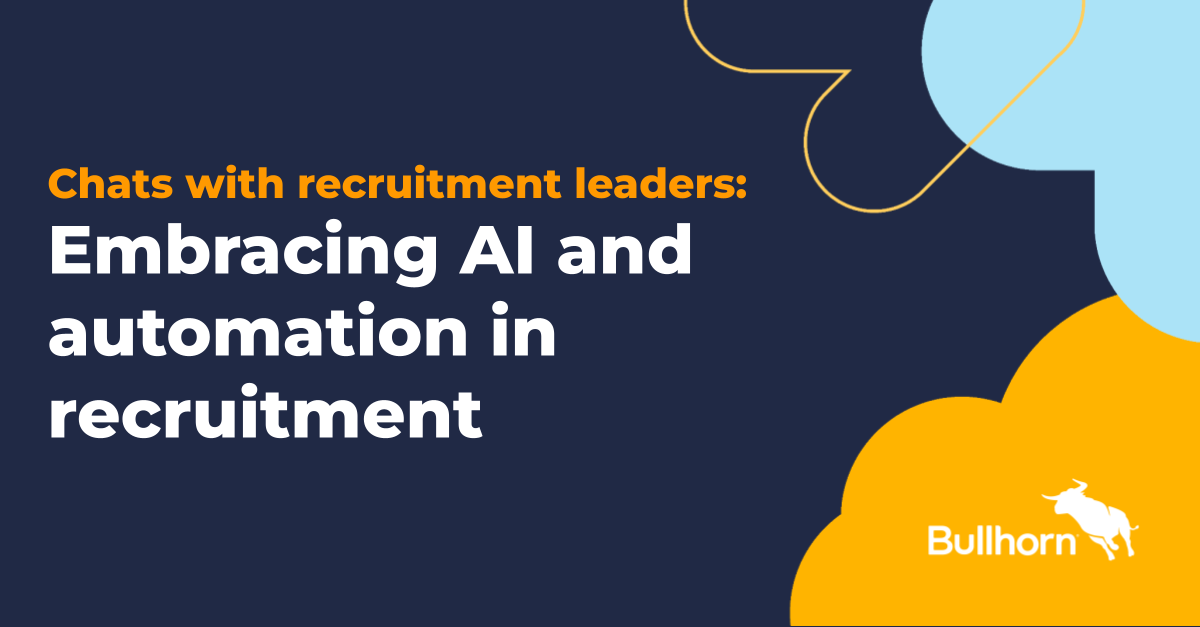In today’s interconnected world, an equitable hiring process isn’t just an ethical choice—it’s a business necessity. However, unconscious bias often impedes our best intentions. Recognizing and mitigating these biases is pivotal to fostering a fair and efficient hiring approach.
The Profound Impact of Unconscious Bias on Hiring
Unconscious biases are deeply ingrained perceptions we form outside our conscious awareness about various groups of people. These biases, stemming from cultural, societal, and personal experiences, can influence our decisions and actions in profound ways. For instance, the Harvard Business School study revealing that job applicants with ‘ethnic-sounding’ names needed to dispatch 50% more resumes than those with ‘white-sounding’ names to secure a callback is a startling reminder of the challenges posed by biases.
Why Addressing Bias is Non-negotiable
Boosting Innovation: A study by BCG spotlighted that companies with diversified management teams reported a remarkable 19% surge in revenues due to innovation. A diverse team introduces a plethora of viewpoints, methodologies, and problem-solving approaches, creating a fertile ground for groundbreaking ideas.
Enhancing Employee Performance: Teams with a rich mix of backgrounds tend to challenge each other more vigorously. This healthy contest of ideas and perspectives fosters creativity, encourages critical thinking, and refines decision-making processes.
Reflecting the Customer Base: In an age of globalization, a diverse team offers insights into various demographic segments. Such teams often resonate more authentically with a broader customer base, driving both understanding and engagement.
Comprehensive Strategies to Counteract Unconscious Bias
Blind Recruitment: By stripping resumes of personal details that might provide hints about an applicant’s age, gender, race, or socio-economic status, the focus shifts entirely to qualifications and experience. This ensures that the first layer of screening remains entirely merit-based, reducing chances of inadvertent bias.
Structured Interviews: Adhering to a uniform interview protocol offers dual benefits. Firstly, it ensures every candidate stands on equal footing. Secondly, by asking the same questions, interviewers can make comparisons based on consistent data points. Numerous studies have confirmed that structured interviews not only diminish the room for biases but are also more indicative of a candidate’s future job performance.
Diversity Training: Organizing routine diversity and inclusion sessions is more than a box-ticking exercise. Such training brings unconscious biases to the forefront. When individuals become conscious of their inadvertent biases, they’re in a stronger position to challenge and rectify them. NexGen EAP’s E-Learning Program offers courses such as Sustaining Diversity, Equity, and Inclusion; Preventing Employment Discrimination; and Evaluating Your Onboarding Process to ensure that your company is successful in addressing unconscious bias in the hiring process. For an interactive education experience, consider eni’s Organizational Training Services to address Diversity in the Workplace, Empathetic Leadership, Improving Communication, Transitions and Managing a Team.
Leverage Technology: Modern AI-driven recruitment tools promise a more neutral evaluation process. But a word of caution: Always vet these technologies to ensure their algorithms aren’t inadvertently perpetuating or introducing new biases.
Diverse Hiring Panels: Incorporating interviewers from varied backgrounds does more than just provide different perspectives. It minimizes the potential of any single bias unduly influencing the hiring decision, leading to a more rounded evaluation.
Regularly Review Hiring Criteria: Beyond ensuring criteria are relevant to the job, it’s imperative to check that they’re neutral and equitable. Periodically reviewing these criteria guarantees they remain both current and fair.
Feedback Loops: Promote a culture where interviewers openly discuss their evaluations with colleagues. Such feedback mechanisms can highlight biases that may have unknowingly influenced decisions, creating opportunities for course correction.
The task of navigating and neutralizing unconscious bias is not merely a challenge—it’s an imperative. As stewards of the hiring process, HR professionals play a decisive role in shaping the organizational culture and its approach to diversity and inclusion. Our responsibility stretches beyond merely identifying top talent; we’re also champions of creating an environment where talent, irrespective of its origin, feels recognized, valued, and inspired to perform.
Every step we take towards understanding and countering unconscious bias sends a clear message to both current and prospective employees. It signals that the organization is not just tuned into modern hiring best practices, but is also deeply committed to ensuring that every individual is treated with fairness and respect. It enhances our brand reputation, making the company more attractive to a broader talent pool, and demonstrates a genuine commitment to fostering a diverse and inclusive workspace.
Moreover, by addressing unconscious bias, we’re actively investing in the future. Diverse teams, as data consistently shows, are more innovative, agile, and resilient in the face of challenges. They bring a medley of perspectives to the table, driving creativity and enhancing problem-solving capabilities.
In essence, our journey against unconscious bias is a journey towards a stronger, more vibrant, and harmonious workplace. A journey that’s not just about meeting quotas or ticking boxes but about embracing the rich tapestry of human experience and potential. Our actions today, guided by a blend of introspection, data, and strategy, will undoubtedly pave the way for the inclusive, dynamic, and thriving organizations of tomorrow.











